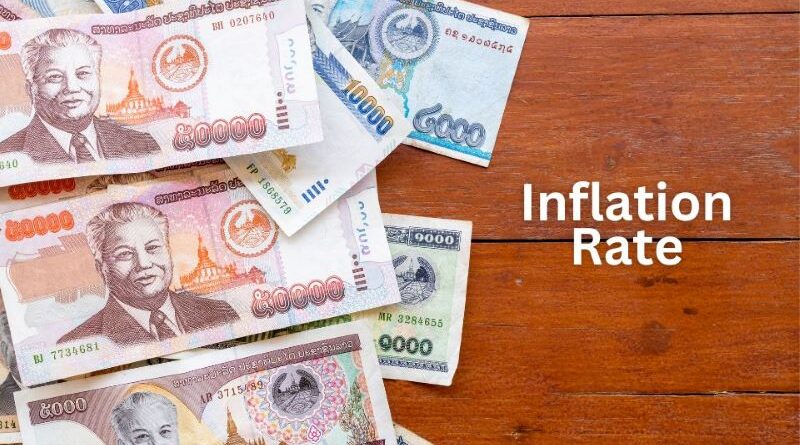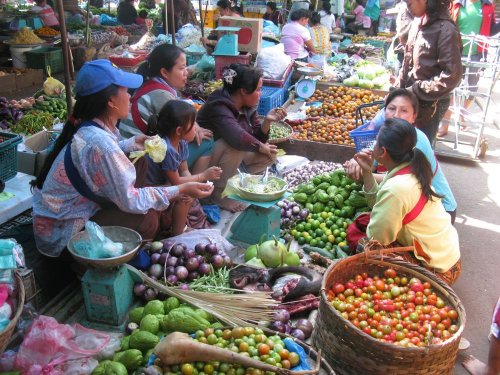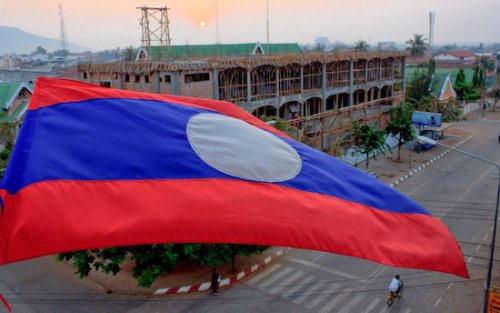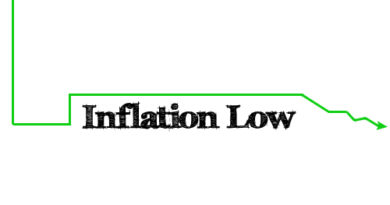Inflation Dips to 38.86% in May, Remains Unacceptably High
Source: Vientiane Times
The year-on-year inflation rate dropped for the third month to 38.86 percent in May, according to the latest report from the Lao Statistics Bureau.
However, the figure remains sky high, causing real household incomes to fall for many people, in turn weakening consumption and investment.
The inflation rate dipped slightly to 41 percent in March and 39.89 percent in April after Laos passed the peak of headline inflation recorded at 41.3 percent in February.
Depreciation of the kip is one of the main factors driving inflation as one-third of the goods used to calculate price rises are imported.
The kip lost 32 percent of its value against the Thai baht and 43 percent of its value against the US dollar in the year to April.
On June 1, the Bank of the Lao PDR announced the establishment of a new department to regulate foreign currencies, which will monitor the inflow and outflow of foreign currencies and stimulate wider use of the kip.
In May, the hike in consumer prices was mainly driven by the food and non-alcoholic beverage category, which surged by 52.69 percent year-on-year.
This was followed by the medical care and medicines category (40.78 percent), hotel and restaurant category (38.73 percent), household goods (35.65 percent), and clothing and footwear category (28.34 percent).
However, price hikes in the communications and transport category, which was formerly the main driver of inflation, rose by a lesser amount of 24.72 percent.
The government has pledged to tighten currency exchange rates and expenditure and boost domestic revenue.
Economists say it is critical for Laos to boost production levels in order to reduce the volume of imported goods, as a means to revitalize the economy in the long run.
Laos relies too heavily on imports, which hinders efforts to regulate the price of goods on sale in markets.
In Bokeo province, most crops and vegetables sold at local markets are imported.
A senior official at the provincial Department of Industry and Commerce, Mr. Vanxay Keokangpheng, said almost all types of products had increased in price in recent months.
The price of rice increased by 15.59 percent over the past five months, along with meat which rose in price by 15.42 percent, while food additives such as fish sauce, cooking oil and seasoning powder increased by 25.43 percent, and vegetables by 13.41 percent.
The consumer price index has risen more than expected since last year despite the government’s measures to curb the cost of goods and services.
Inflation in May last year was recorded at 12.81 percent before climbing to 23.61 percent in June, 25.62 percent in July, 30.01 percent in August, 34.05 percent in September, 36.75 percent in October, 38.46 percent in November, and 39.27 percent in December 2022.





